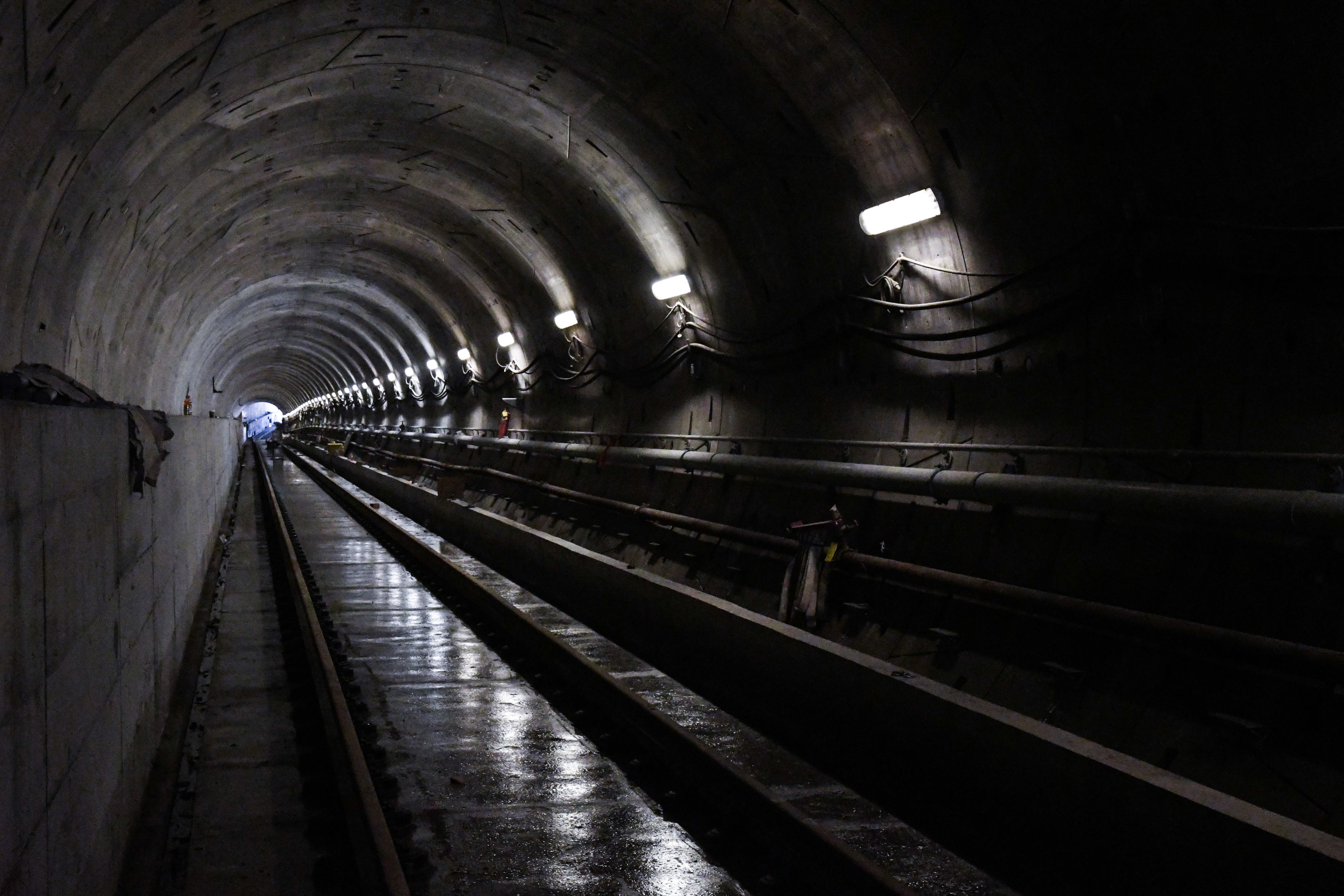Scarborough and Eglinton Subway Extension ready for bids
Announcement are important phase in future work needed on both Toronto transit projects.
Mar 10, 2020
Metrolinx and Infrastructure Ontario have announced an important milestone for the Scarborough Subway and Eglinton Crosstown West extensions.
An RFQ – a term meaning ‘request for qualifications’ – is now being put out for the tunneling work on the two Toronto transit projects. The RFQ is essentially an official call-out to interested bidders to step forward. The process will lead to the expert work needed to go below neighbourhoods.
The RFQ is the first step in the procurement process to prequalify project teams that have the required design and construction capability and experience to undertake projects of this size and complexity. Once the prequalified teams are in place, a Request for Proposals will be issued.
The next phase of both the Scarborough Subway Extension and Eglinton Crosstown West extension have been started, as officials start the search for experts who will take care of the tunneling needed. File photo of the Crosstown LRT project now underway. (Metrolinx photo)
The official announcement was made in Toronto today (March 10).
A similar public-private partnership – called a ‘P3’ model – is being used on other Metrolinx projects.
The new RFQ asks for teams that will have to bore through almost eight kilometres for the Scarborough Subway Extension and approximately six kilometres of subterranean digging needed for the extension of the Eglinton Crosstown West Extension.
Once complete, the Scarborough Subway Extension will see as many as 105,000 daily boardings while the Eglinton Crosstown West Extension will log an estimated 37,000 boardings every day.
Working below ground takes expertise and heavy lifting. Here’s an example from the Crosstown light rail transit project now underway in Toronto. It’s a file photo of crews working at Leaside station. (Metrolinx photo)
Tunnelling is just one phase of work for these projects. Separate contracts will be issued in the future for the rest of the work, which includes building the stations, fitting out the tunnels and installing and commissioning the systems to put the lines in service. Consultations will take place in between these milestones and beyond.
In February, Metrolinx released updated business cases for both projects. You can find that story by clicking here.
